
Zurich researchers get first peek at sleeping eye behaviour

For the first time, researchers have observed the pupils of sleeping people over several hours. They discovered that the size of the pupil constantly fluctuates, even during sleep.
+Get the most important news from Switzerland in your inbox
“These observations contradict the previous assumption that arousal levels are generally low during sleep,” said study leader Caroline Lustenberger from ETH Zurich in a press release issued by the university on Wednesday. This is because the dynamics of the pupils reflect the state of arousal of the brain.
According to ETH Zurich, the pupil fluctuations during sleep show that the brain is also in a constant state of alternation between higher and lower levels of activation during sleep. The results were published in the journal Nature Communications.
Sleeping with one eye open
Scientists at ETH Zurich have developed a new method for looking under the eyelids of sleeping people. They stuck a special transparent plaster over an open eye.
The researchers’ biggest concern was that the test subjects would not be able to sleep with their eyes open. “But in a dark room, most of them forget that their eyes are still open and can still sleep,” explained the first author of the study, Manuel Carro Domínguez, in the university’s press release.
According to the researchers, understanding pupil dynamics during sleep could provide important information for the diagnosis and treatment of sleep disorders and other diseases.
The technology for monitoring pupils during sleep will also be used outside the sleep laboratory in the future. According to ETH Zurich, it could help hospitals, for example, to monitor the awakening of coma patients or to diagnose sleep disorders more accurately.
Translated from German by DeepL/mga
This news story has been written and carefully fact-checked by an external editorial team. At SWI swissinfo.ch we select the most relevant news for an international audience and use automatic translation tools such as DeepL to translate it into English. Providing you with automatically translated news gives us the time to write more in-depth articles.
If you want to know more about how we work, have a look here, if you want to learn more about how we use technology, click here, and if you have feedback on this news story please write to english@swissinfo.ch.

In compliance with the JTI standards
More: SWI swissinfo.ch certified by the Journalism Trust Initiative

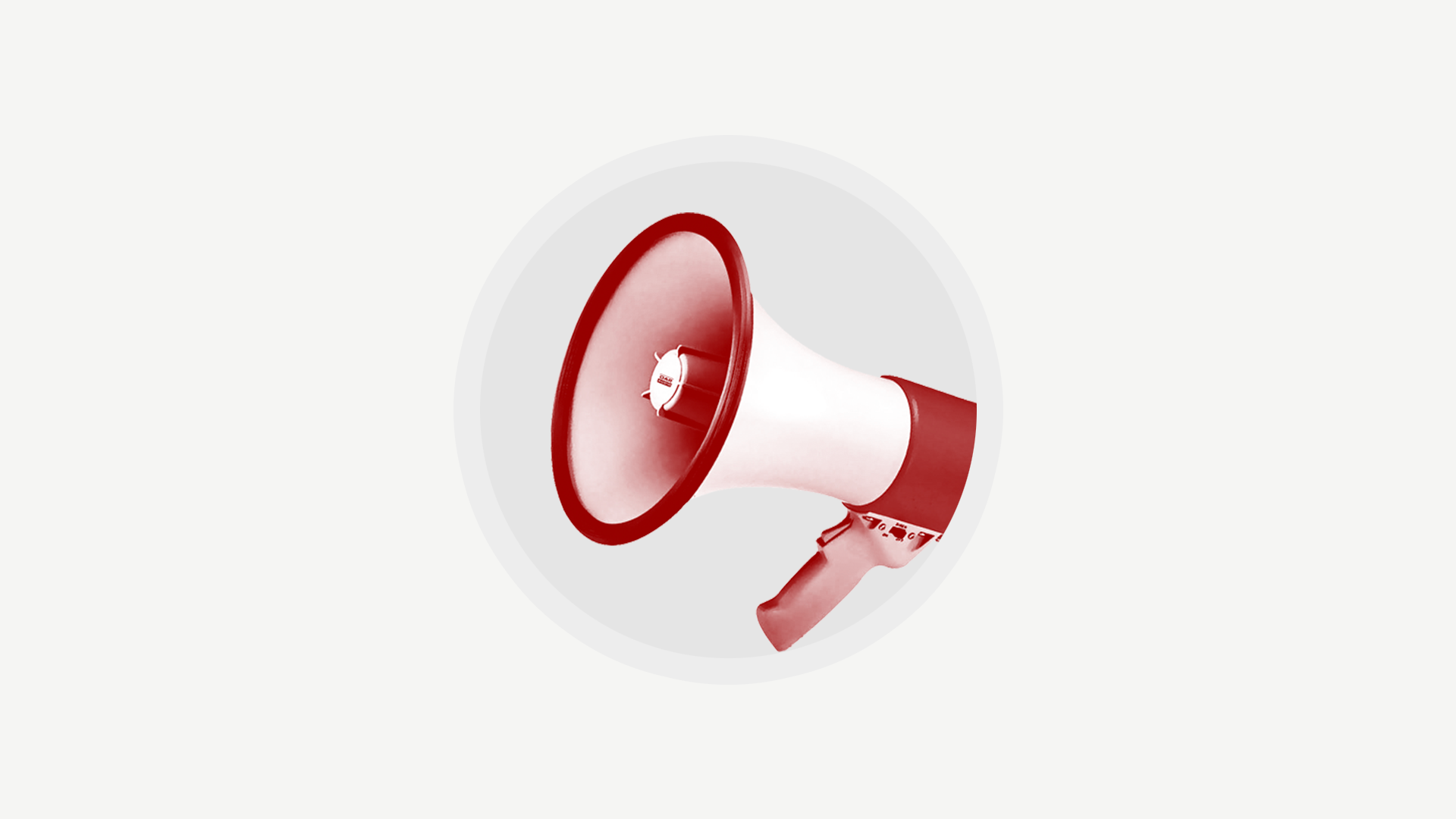










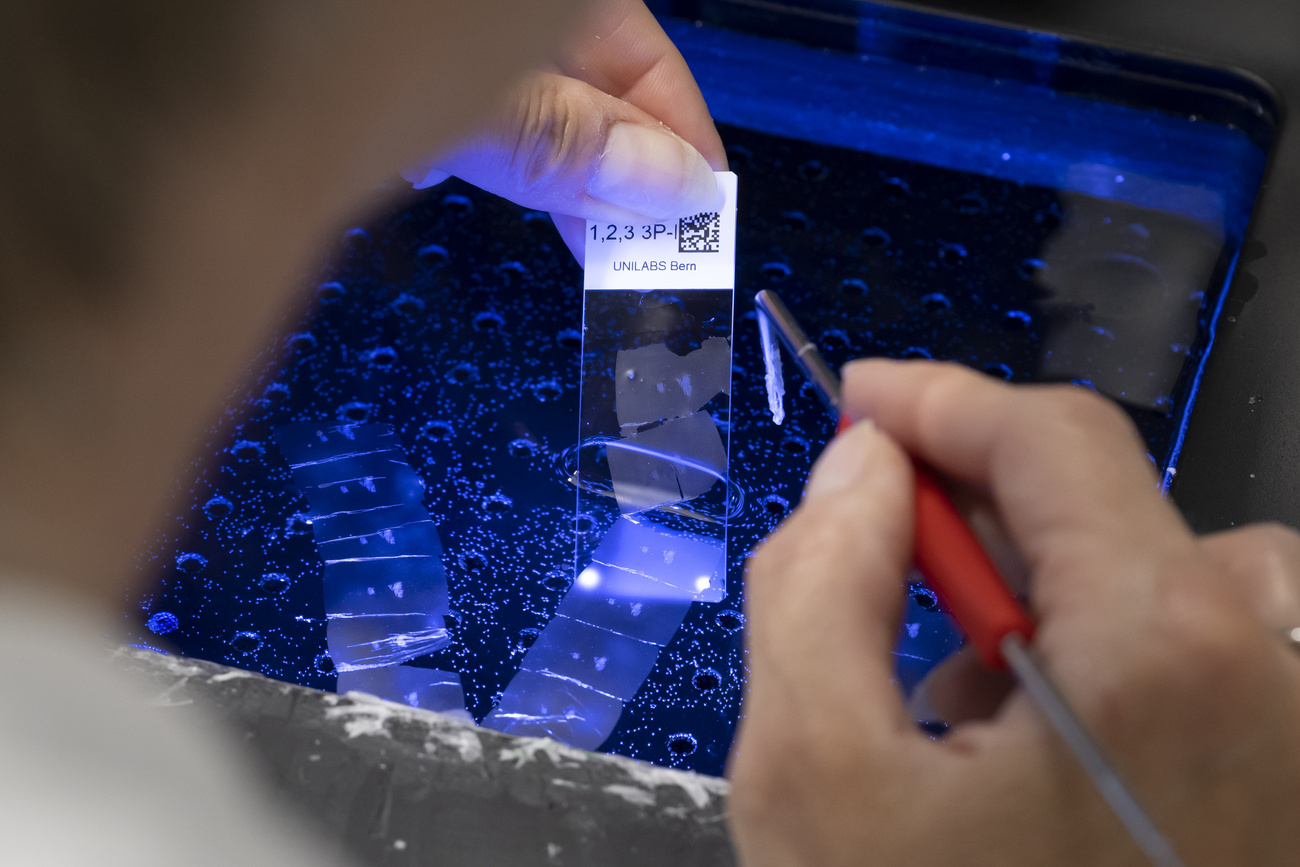


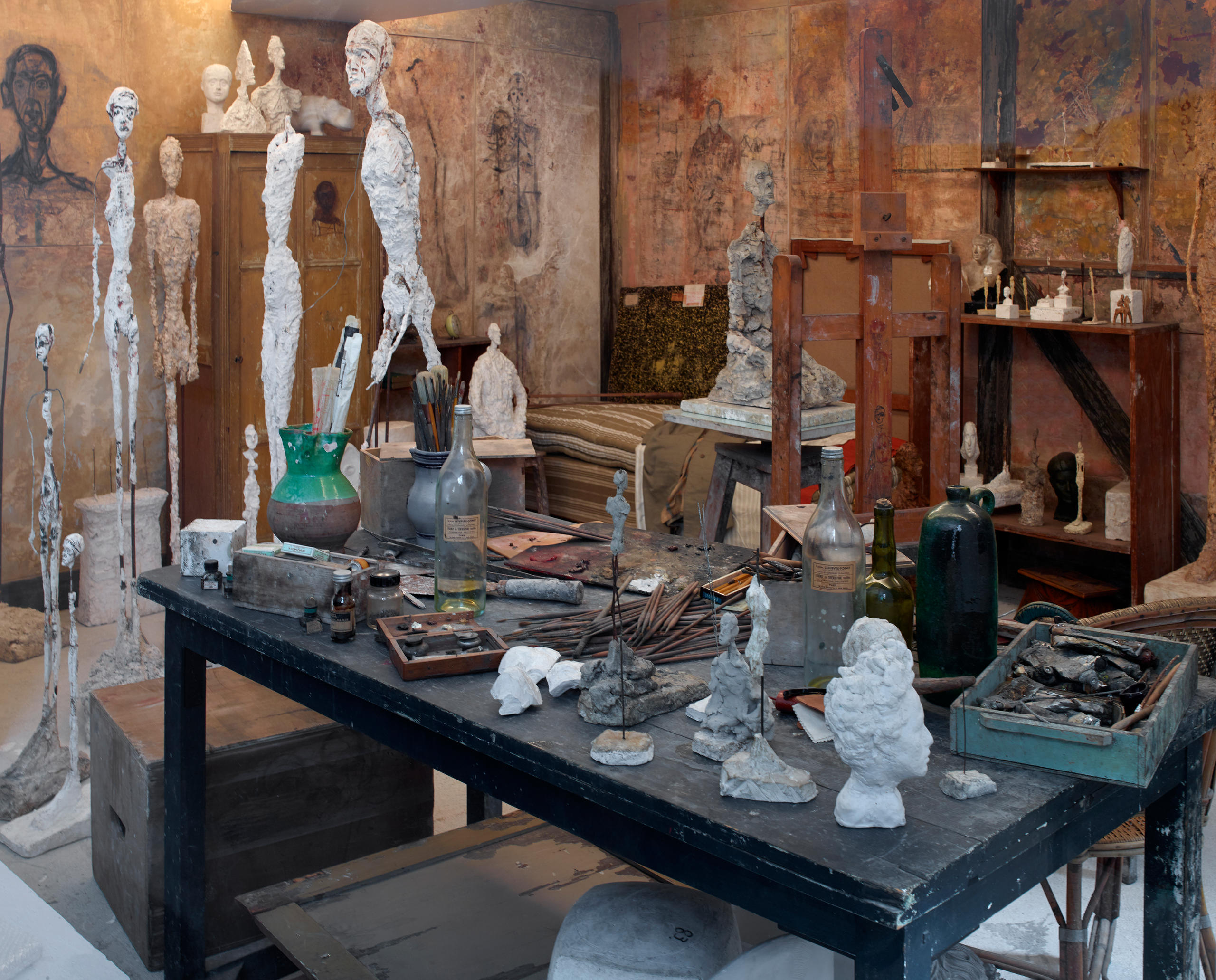

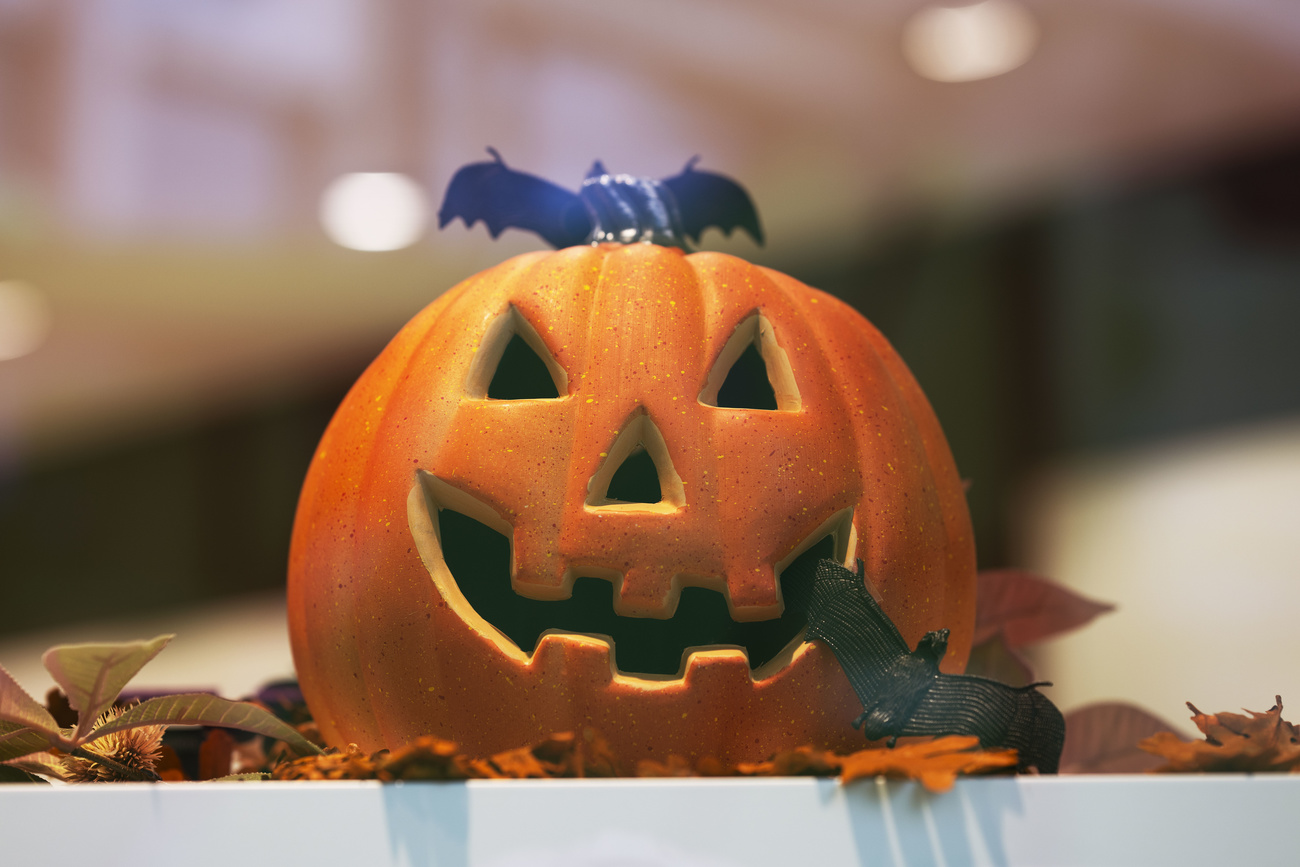
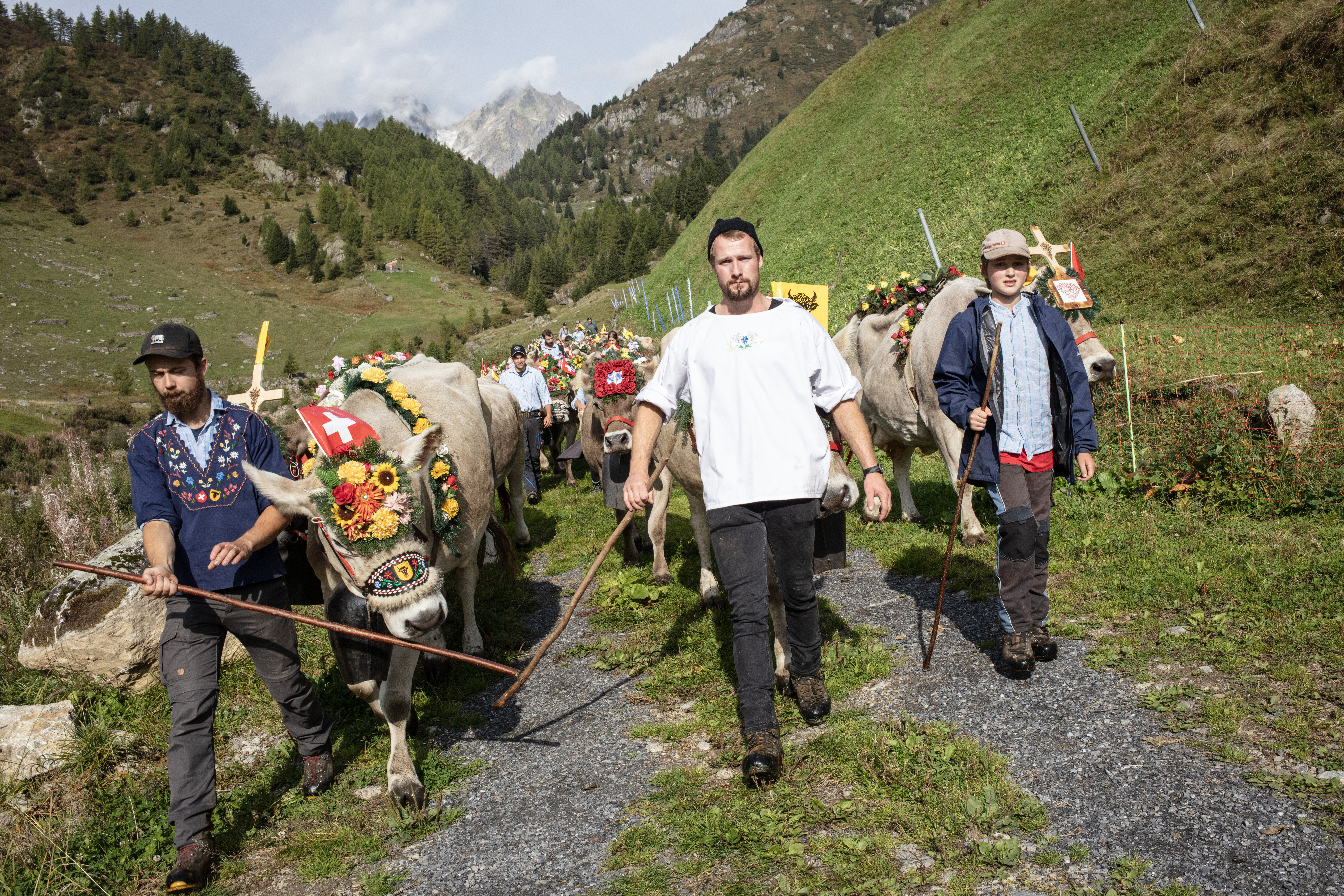


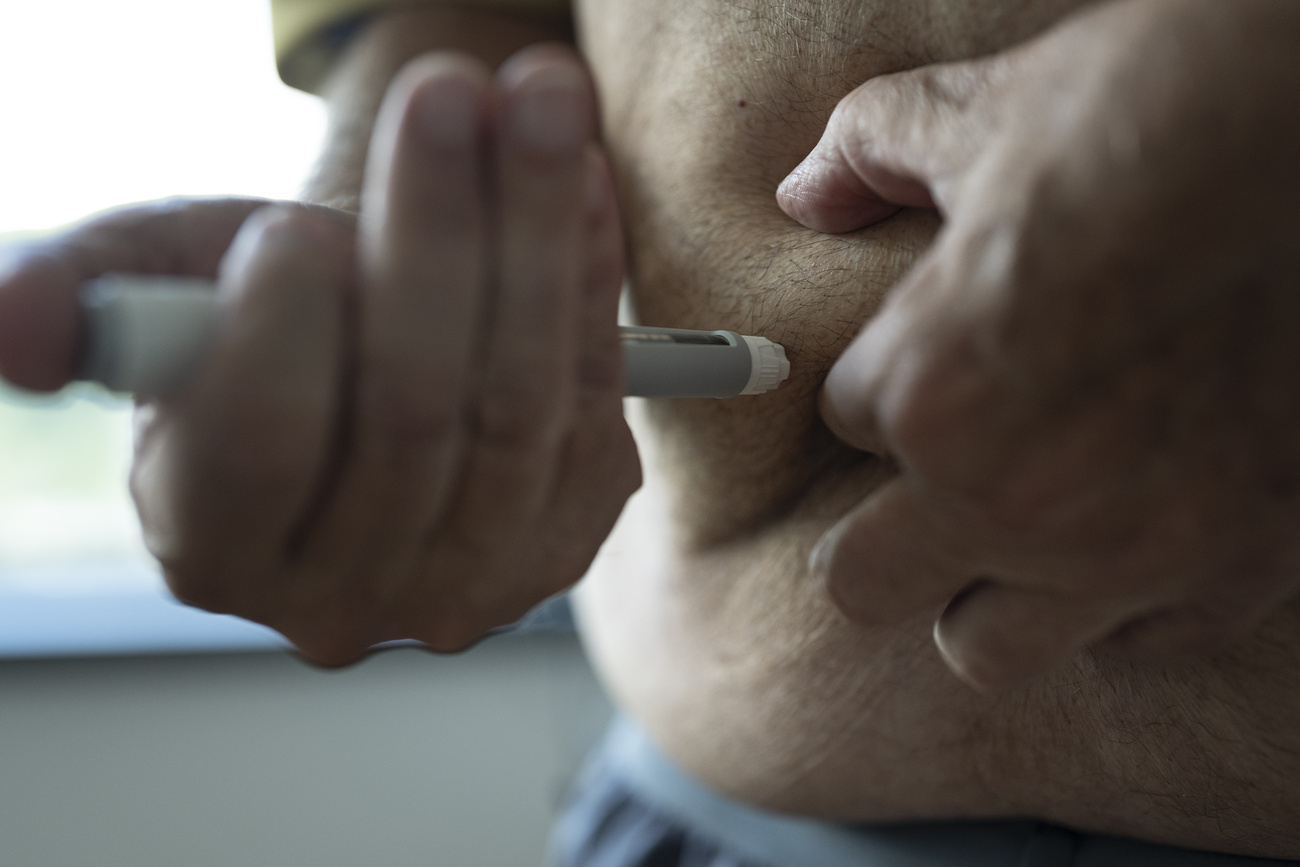
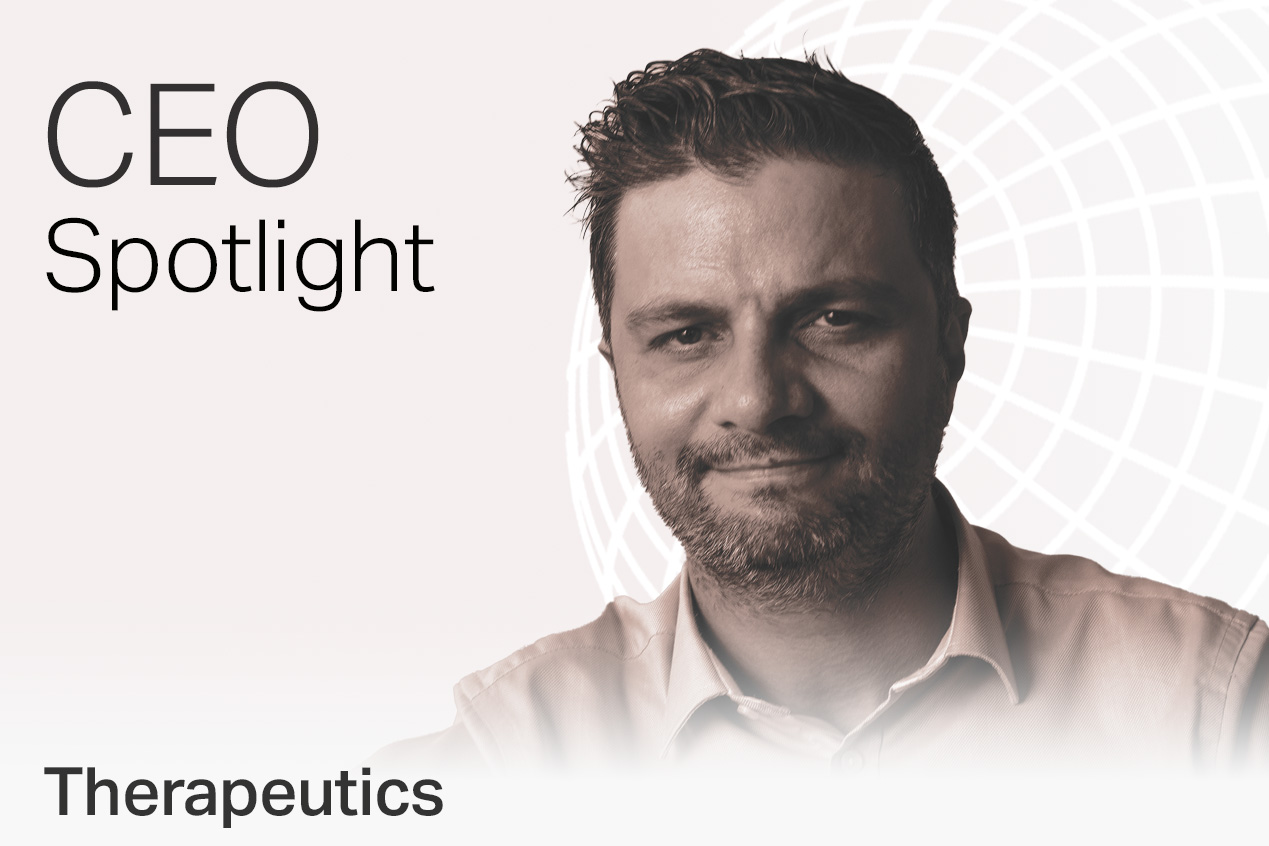





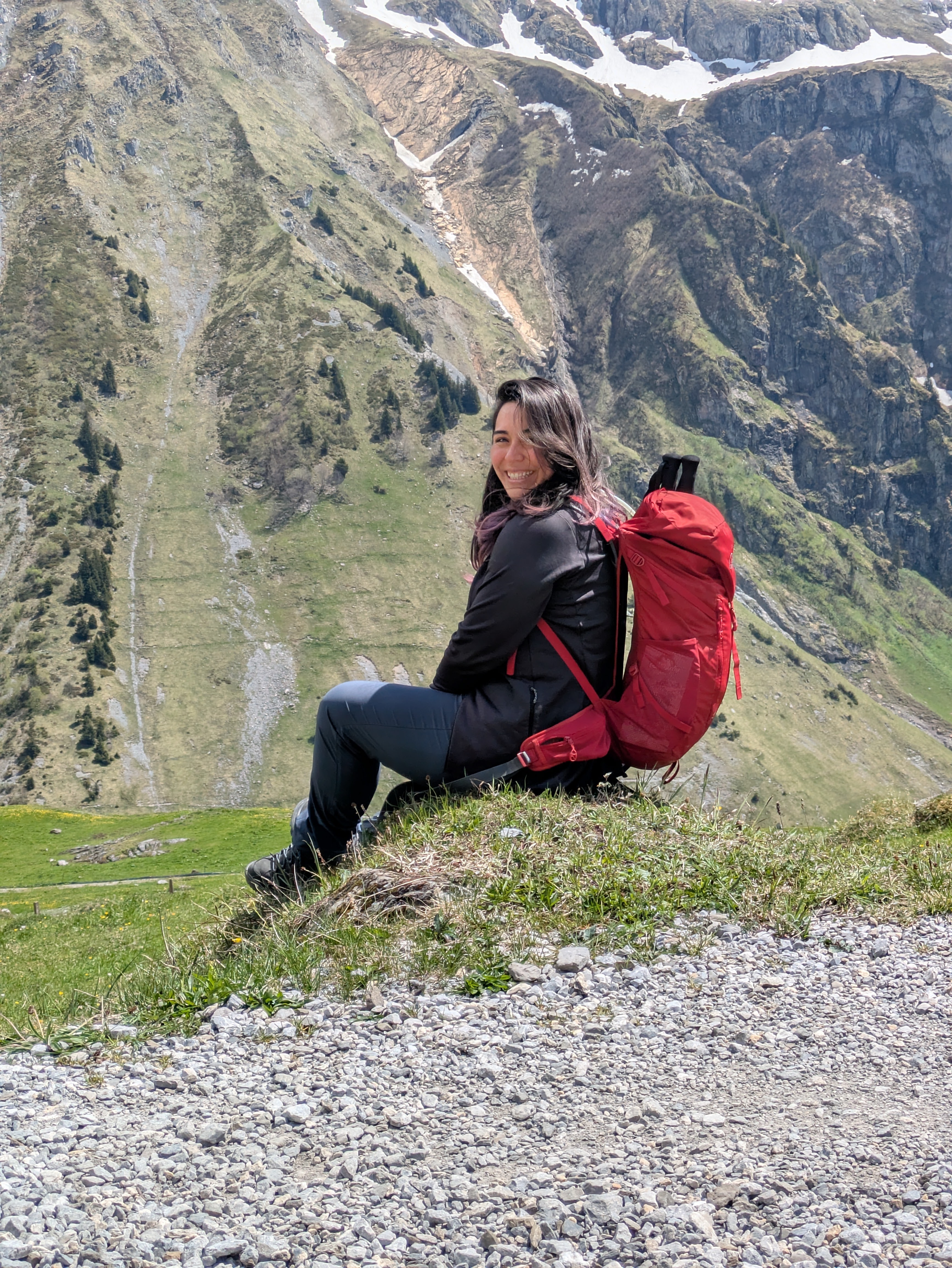

You can find an overview of ongoing debates with our journalists here . Please join us!
If you want to start a conversation about a topic raised in this article or want to report factual errors, email us at english@swissinfo.ch.